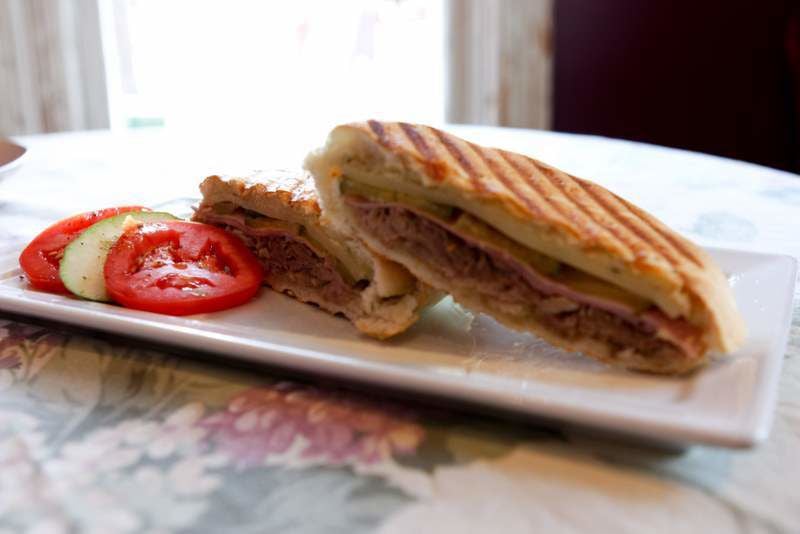

In fact, the almost $2.8 trillion of capital that was injected by shareholders and governments into banking over the past 13 years eroded three to four percentage points of ROE. In an industry that has high capital requirements and is operating amid low interest rates, creating value for shareholders is structurally challenging. Cause for concern is evident in banks’ performance on two yardsticks: ROE, a measure of current profitability, and market-to-book value, a leading indicator of how capital markets value banking.įifty-one percent of banks operate with an ROE below cost of equity (COE), and 17 percent are below COE by more than four percentage points. But can we say a bright and smooth future lies ahead for banks and their shareholders? Not really. The banking system is at least as solid as it was before the pandemic-and much healthier than after the last crisis. Digital banking accelerated, cash use fell, savings expanded, remote became a way of working, and environment and sustainability are now top of mind for customers and regulators.
ONE LAST STOP REVIEW PDF
( A PDF of the full 2021 McKinsey Global Banking Annual Review, with more detailed data, and a set of strategic questions for banks, is available for download on this page.)īut if the pandemic has not had the expected harmful financial effects on the global banking industry, it has certainly had plenty of others. ROE in 2020 was 6.7 percent-less than the cost of equity but still a better showing than expected and above the 4.9 percent observed in 2008 in the aftermath of the financial crisis. In fact, bank profitability held up better than most analysts expected. Overall, “One Last Stop”does wonders for LGBT literature in creating a story about a woman-love-woman relationship that holds a plot and a clear connection between the main characters.Unlike the previous economic crisis, this time banks did not witness any abnormal losses, material capital calls, or “white knight” acquisitions. With a book that was set to follow in McQuiston’s debut novel, ‘ Red, White & Royal Blue‘s footsteps, “One Last Stop” was able to hold its own. We only really get a quick montage of what August and Jane’s life is like after Jane is released from the train and staying in the 2000s with August in the last handful of pages.īut with the happy ending the two main characters are given, finishing the book can give the reader a happy and hopeful feel that sometimes is not always the case with these stories. Those reading want more from the main couple in the book. But, there is a lingering question of if she would go back to the 1970s or if she would stay in the 21st century with August.Īnticipation comes in reading the novel, almost making the ending feel rushed. This can have the reader rooting for August to solve Jane’s problem of being stuck on the train, but also have an impatience to when there will finally be a scene change.Ī lot of the book is written to solve Jane’s problem and get her off of the train.


Some of the scenes between Jane and August can get lost among the others as the setting pretty much stays as the subway train every interaction the characters have. The one thing about “One Last Stop” is even if the two main characters are not the biggest personalities in the book, there are still moments that make the reader root for their story. Their personalities and friendship with August make scenes that are supposed to just be filler before the romance plot so lively and entertaining to read. With McQuiston’s book, the reader can see a friend group that is not entirely made up of straight or white characters, and it helps paint a picture of what many real friend groups look like in the world today.Īnd it really is characters like Niko, Myla, Wes and Isaiah who make the book what it is. So, “One Last Stop” is a breath of fresh air for the sapphic community. In many media platforms and stories to tell, lesbian or bisexual women in relationships are not highlighted, or if they are, only cater to a certain stigma. This includes her fashion, music taste, beliefs and the fact that she has not aged a day since the decade as she has been stuck on a subway train for over 40 years. Not to mention Jane is a character from the 1970s in every way. Jane as a character alone is such an important love interest in the fact that she is an Asian butch lesbian that August becomes infatuated with quite literally at first glance. It is here where August meets the book’s love interest, Jane. Judging by the book’s title of “One Last Stop”, there are many scenes involving the subway stops of New York.


 0 kommentar(er)
0 kommentar(er)
